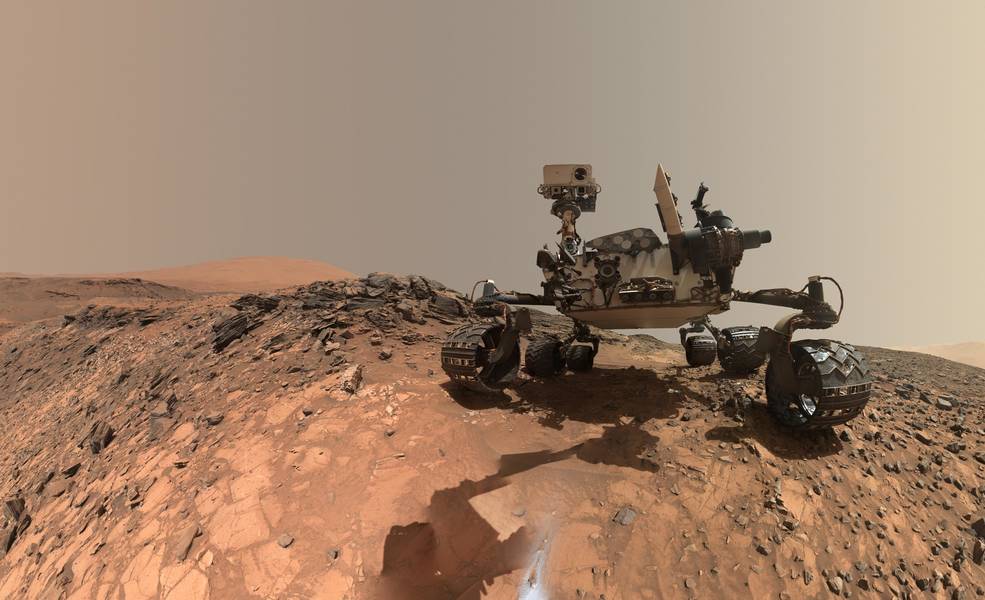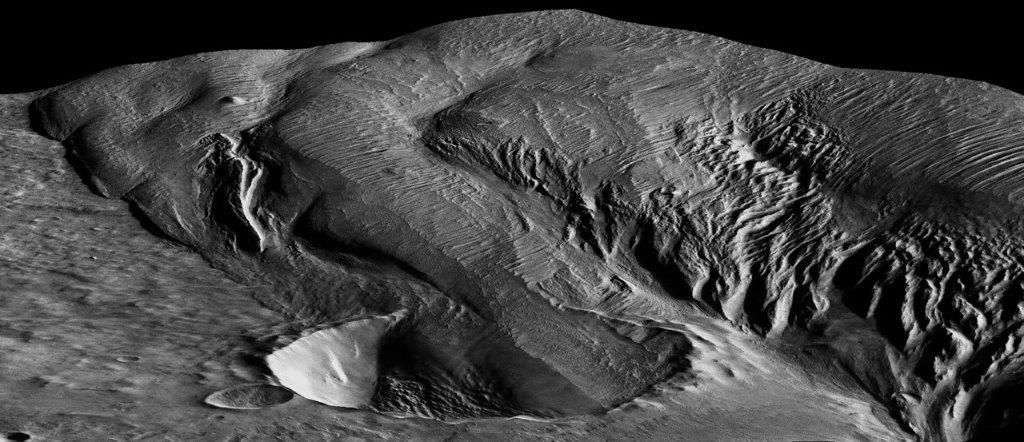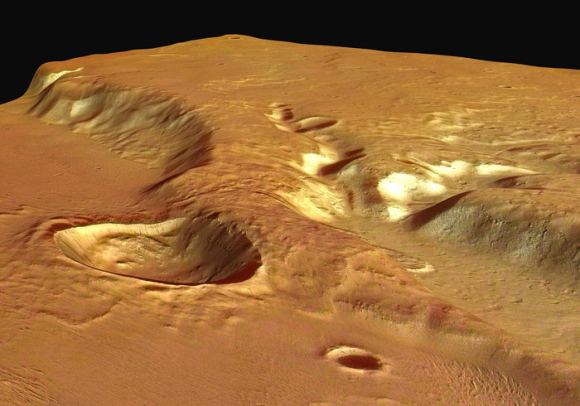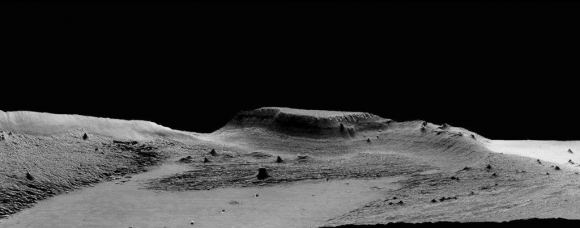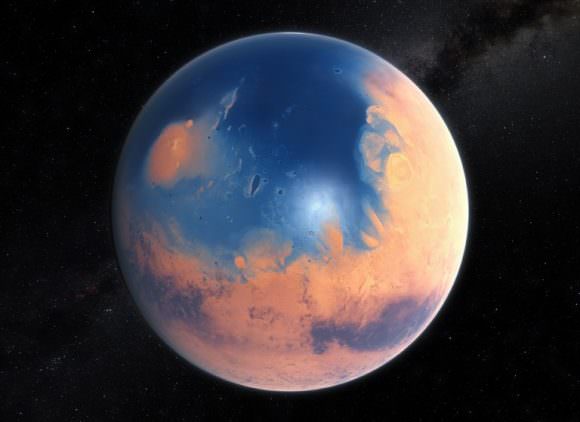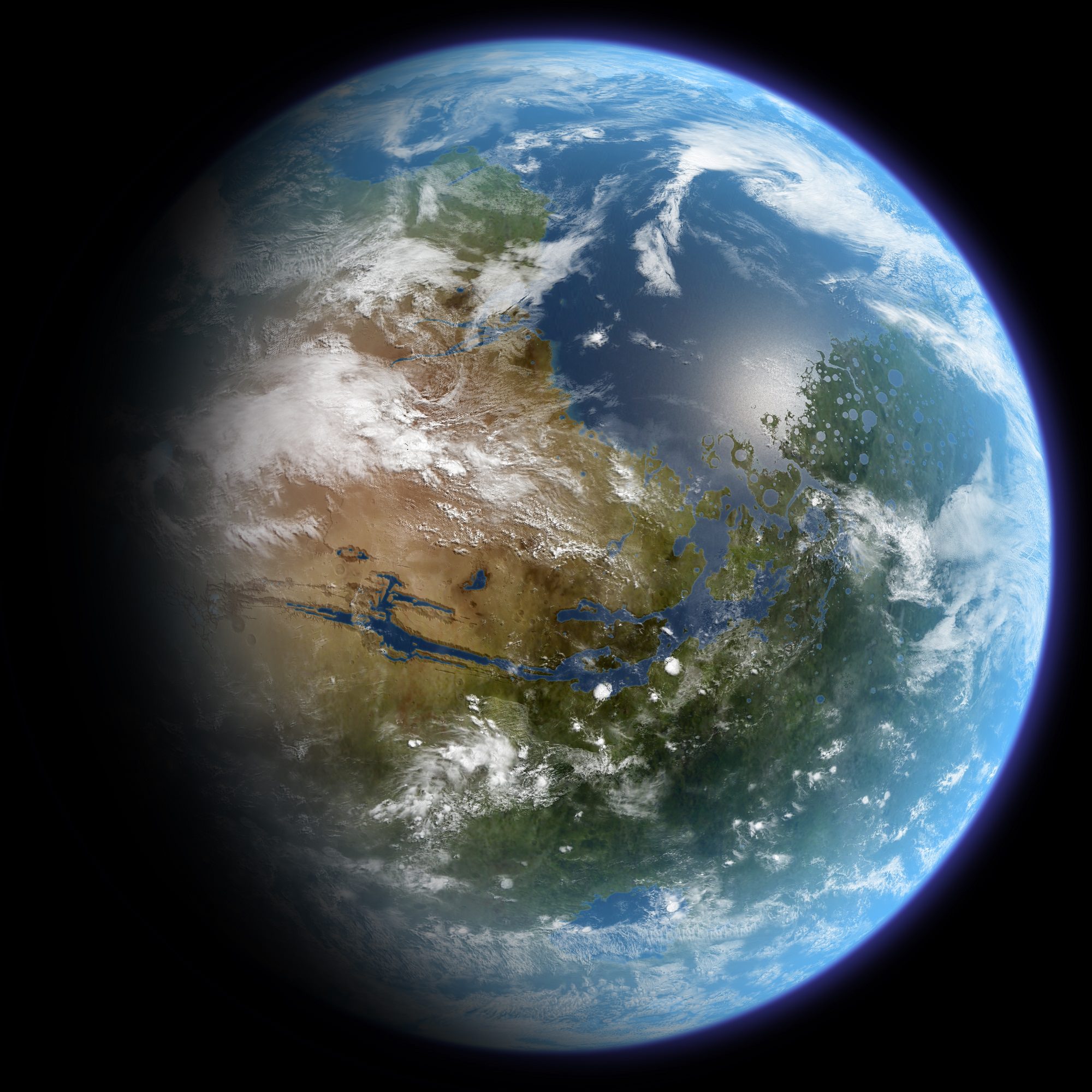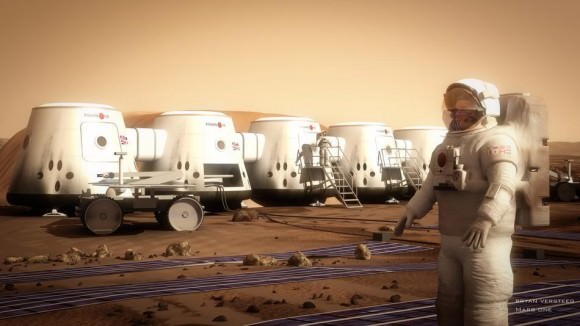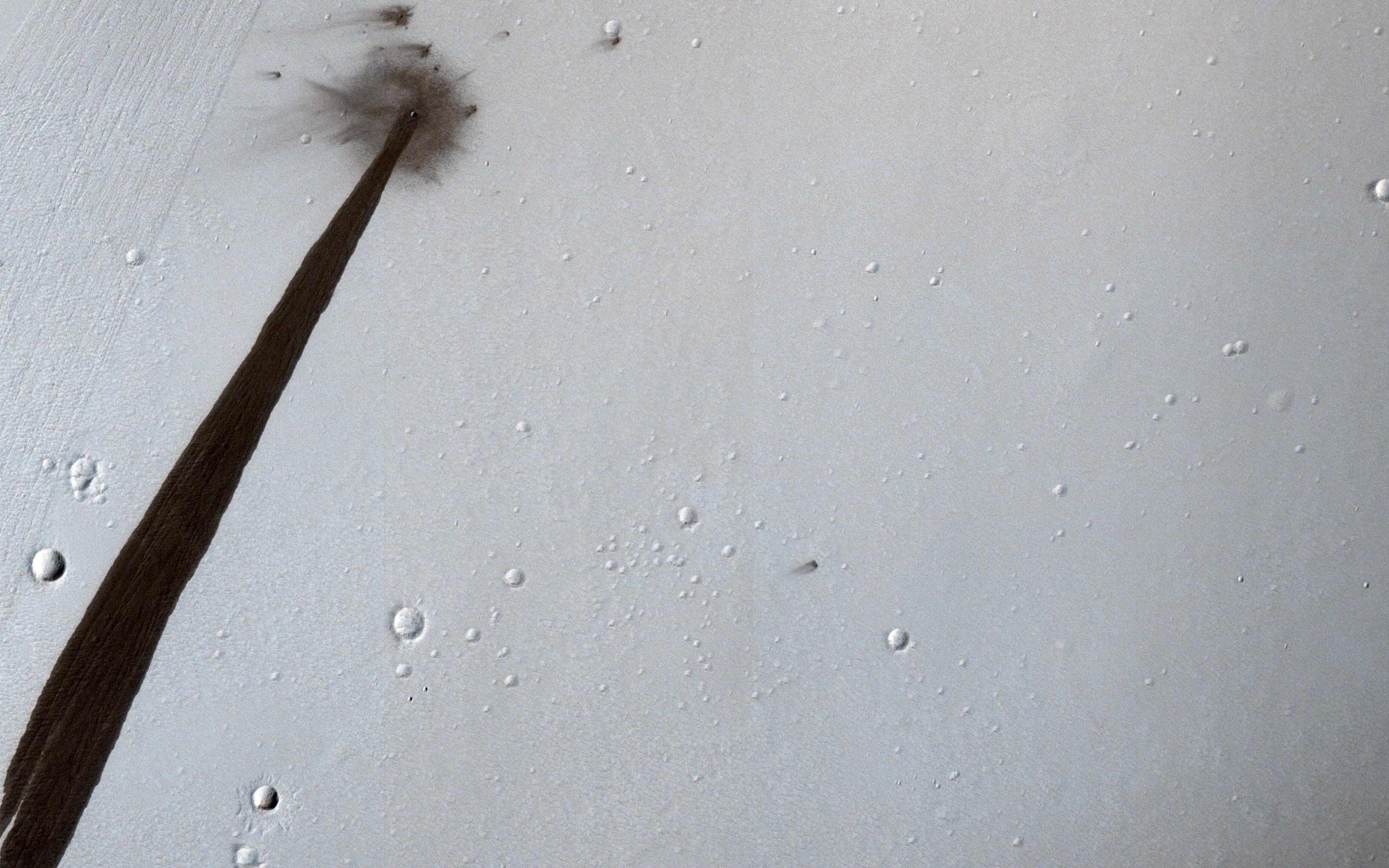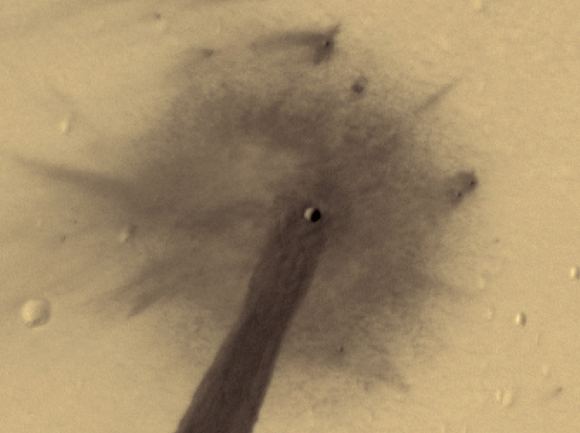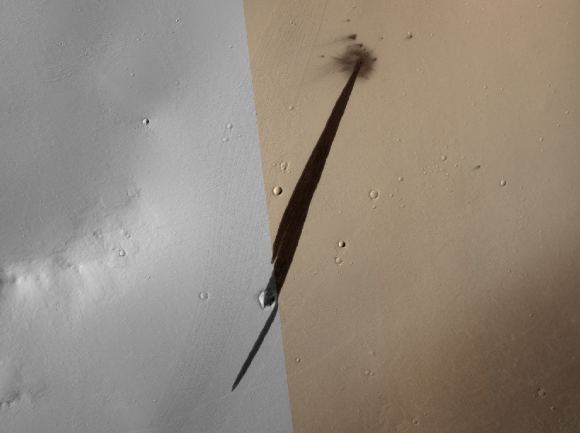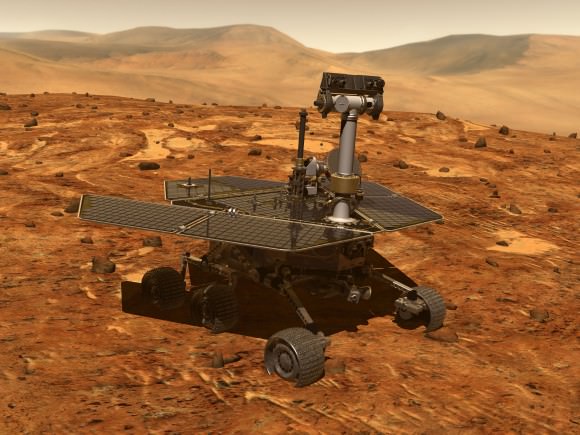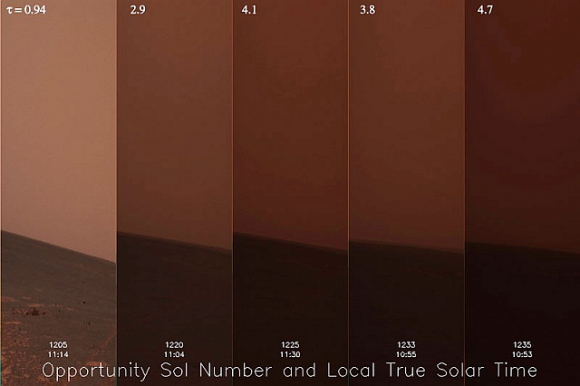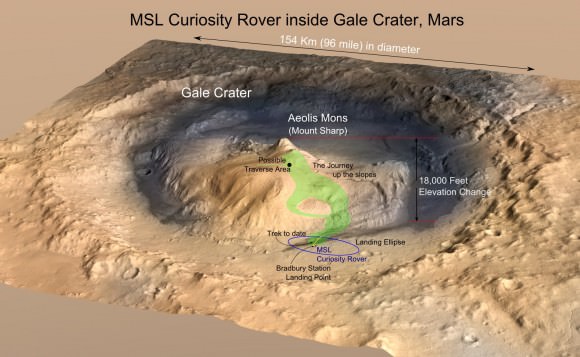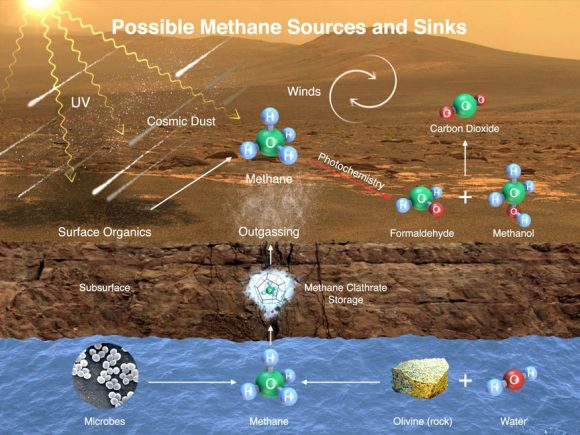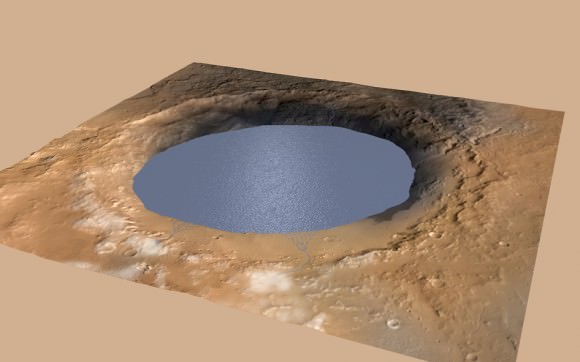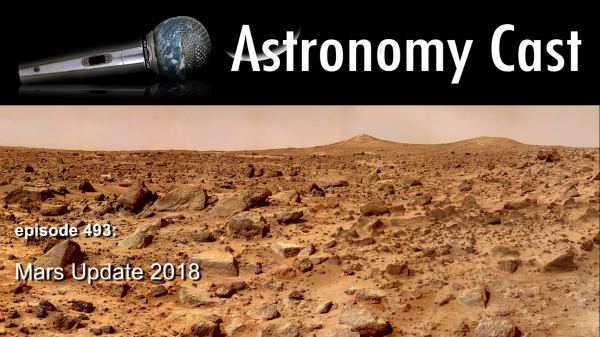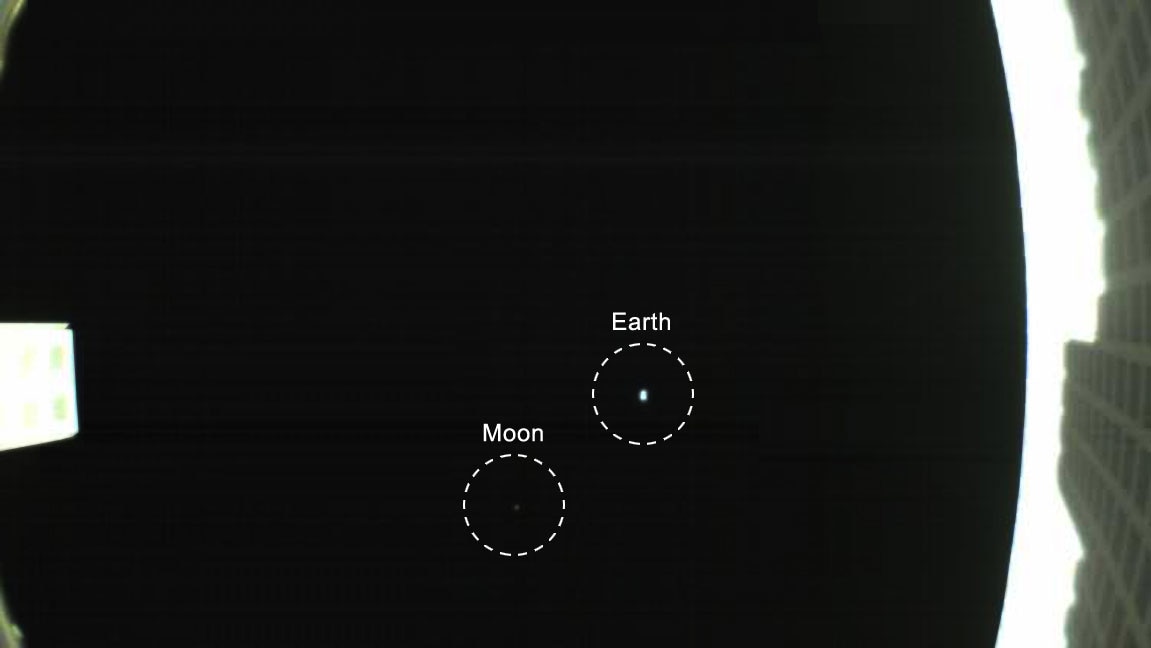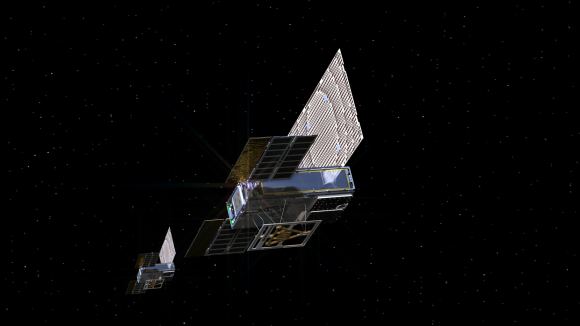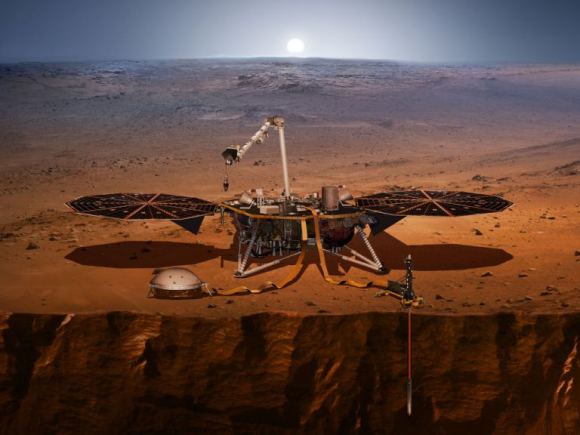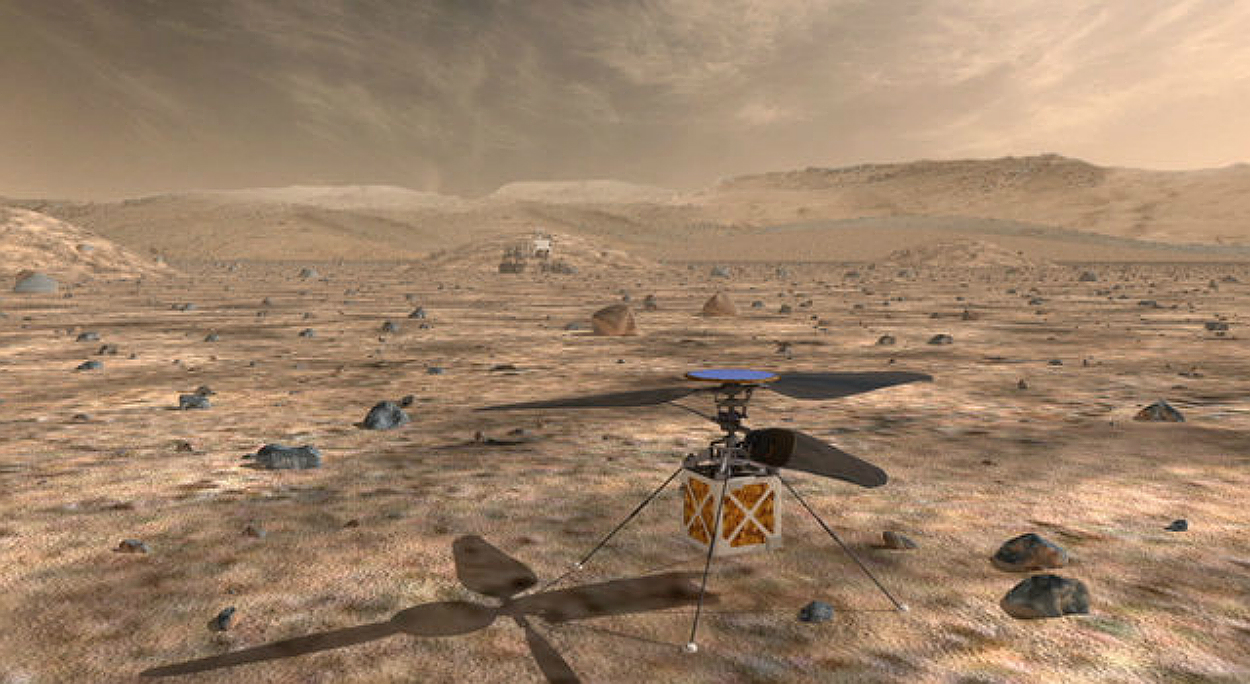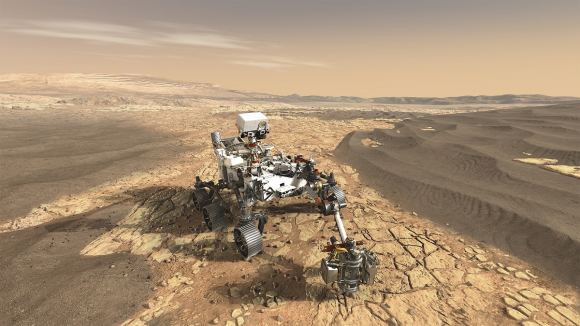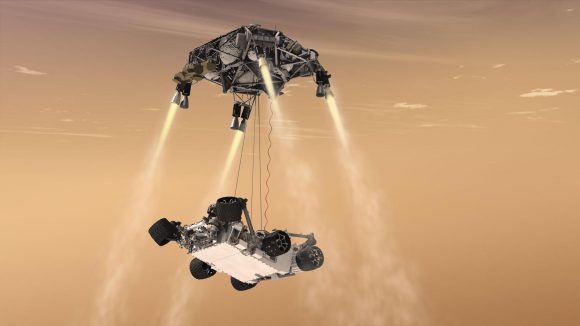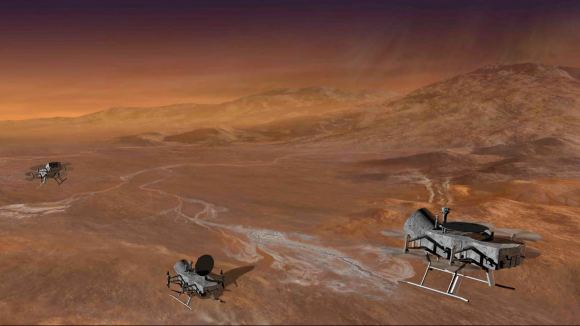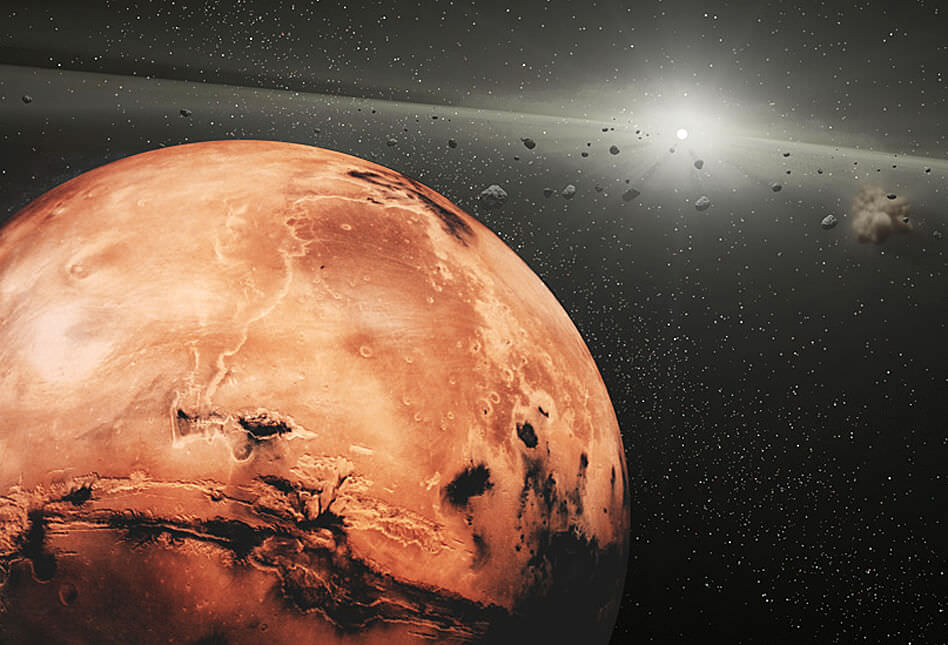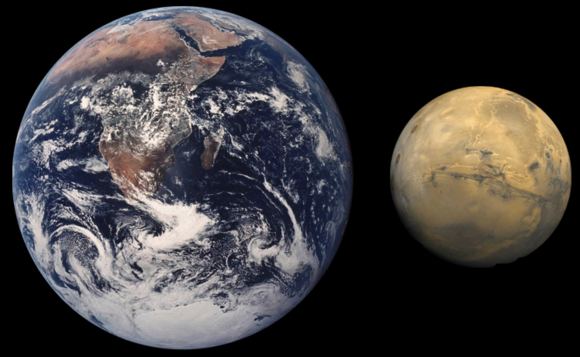Martian dust storms, which occur during the summer season in the planet’s southern hemisphere, can get pretty intense. Over the course of the past few weeks, a global dust storm has engulfed Mars and forced the Opportunity rover to suspend operations. Given that this storm is much like the one that took place back in 2007, which also raged for weeks, there have been concerns over how this development could affect rover operations.
Meanwhile the Curiosity rover managed to snap pictures of the thickening haze caused by the storm. Though Curiosity is on the other side of the planet from where Opportunity is currently located, atmospheric dust has been gradually increasing over it. But unlike Opportunity, which runs on solar power, Curiosity will remain unaffected by the global storm thanks to its nuclear-powered battery, and is therefore in a good position to study it.
As already noted, Martian storms occur during summer in the southern hemisphere, when sunlight warms dust particles and lifts them higher into the atmosphere, creating more wind. The resulting wind kicks up yet more dust, creating a feedback loop that NASA scientists are still trying to understand. Since the southern polar region is pointed towards the Sun in the summer, carbon dioxide frozen in the polar cap evaporates.
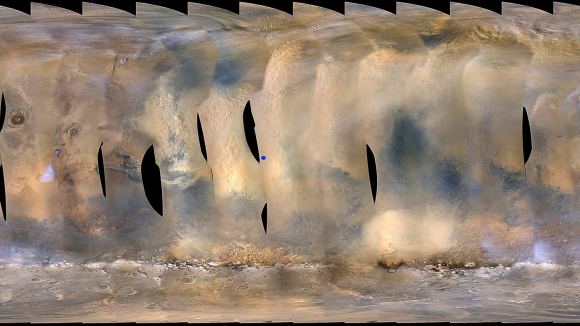
This has the effect of thickening the atmosphere and increasing the surface pressure, which enhances the process by helping suspend dust particles in the air. In some cases, the dust clouds can reach up to 60 km (40 mi) or more in elevation. Though they are common and can begin suddenly, Martian dust storms typically stay contained to a local area and last only about a weeks.
By contrast, the current storm has lasted for several weeks and is currently covering an area that would span North America and Russia combined. While smaller than the storm that took place back in 2007, this storm has intensified to the point where it created a perpetual state of night over the rover’s location in Perseverance Valley and led to a level of atmospheric opacity that is much worse than the 2007 storm.
When dust storms occur, scientists measure them based on their opacity level (tau) to determine how much sunlight they will prevent from reaching the surface. Whereas the 2007 storm had a tau level of about 5.5, this most recent storm reached an estimated tau of 10.8 earlier this month over the Perseverance Valley – where Opportunity is located.
The intensity of the storm also led Bruce Canton, deputy principal investigator of the Mars Color Imager (MARCI) camera onboard NASA’s Mars Reconnaissance Orbiter (MRO), to declare that the storm has officially become a “planet-encircling” (or “global”) dust event. Above the Gale Crater, where Curiosity is located, the tau reading is now above 8.0 – the highest ever recorded by the mission.
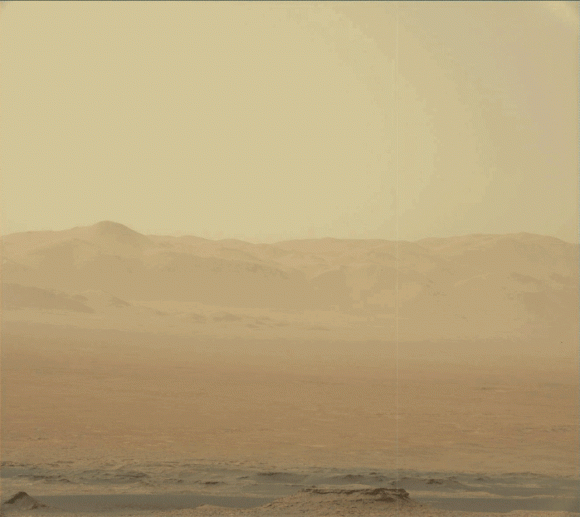
While the storm has some worried about the fate of Opportunity, which is Mars’ oldest active rover (having remained in operation for over 14 years), it is also an chance to address one of the greatest questions scientists have about Mars. For example, why do some storms span the entire planet and last for months while others are confined to small areas and and last only a week?
While scientists don’t currently know what the answer is, Curiosity and a fleet of six scientific spacecraft in orbit of Mars are hoping this most recent storm will help them find out. These spacecraft include NASA’s Mars Reconnaissance Orbiter (MRO), 2001 Mars Odyssey and Mars Atmosphere and Volatile EvolutioN (MAVEN) missions, India’s Mars Orbiter Mission (MOM) and the ESA’s Mars Express and ExoMars Trace Gas Orbiter.
The animation (shown above) consists of a series of daily photos captures by Curiosity’s Mast Camera (Mastcam), which show the sky getting hazier over time. While taking these pictures, Curiosity was facing the crater rim, about 30 km (18.6) away from where it stands inside the crater. This sun-obstructing wall of haze is about six to eight times thicker than normal for this time of season.
Nevertheless, Curiosity’s engineers – which are based at NASA’s Jet Propulsion Laboratory in Pasadena, California – have studied how the growing dust storm could affect the rover’s instruments and concluded that it poses little risk. Ironically enough, the largest impact will be on the rover’s cameras, which require extra exposure time due to the low lighting conditions.
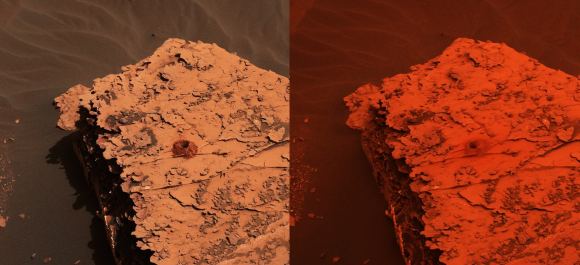
As Jim Watzin, the director of NASA’s Mars Exploration Program at the agency’s headquarters in Washington, explained in a NASA press release earlier this month:
“This is the ideal storm for Mars science. We have a historic number of spacecraft operating at the Red Planet. Each offers a unique look at how dust storms form and behave – knowledge that will be essential for future robotic and human missions.”
However, all dust events, regardless of size, help to shape the Martian surface. As such, studying their physics is critical to understanding the Martian climate, both past and present. As Rich Zurek, the chief scientist for the Mars Program Office at NASA’s Jet Propulsion Laboratory, indicated:
“Each observation of these large storms brings us closer to being able to model these events – and maybe, someday, being able to forecast them. That would be like forecasting El Niño events on Earth, or the severity of upcoming hurricane seasons.”
The ability to understand the causes and dynamics of Martian dust storms would not only lead to a better understand of how weather works on other planets, it would also be of immense importance if and and when humans begin traveling to the Red Planet on a regular basis. For instance, if SpaceX really does intend to bring tourists to Mars in the future, said tourists will want to avoid booking during “storm season”.
And if humans should choose to someday make Mars their home, they will need to know when planet-spanning dust storms are coming, especially since their habitats will likely be relying on wind and solar power. In the meantime, NASA and other space agencies will continue to monitor this storm and the Opportunity rover is expected to come through (fingers crossed!) unscathed!
Further Reading: NASA

